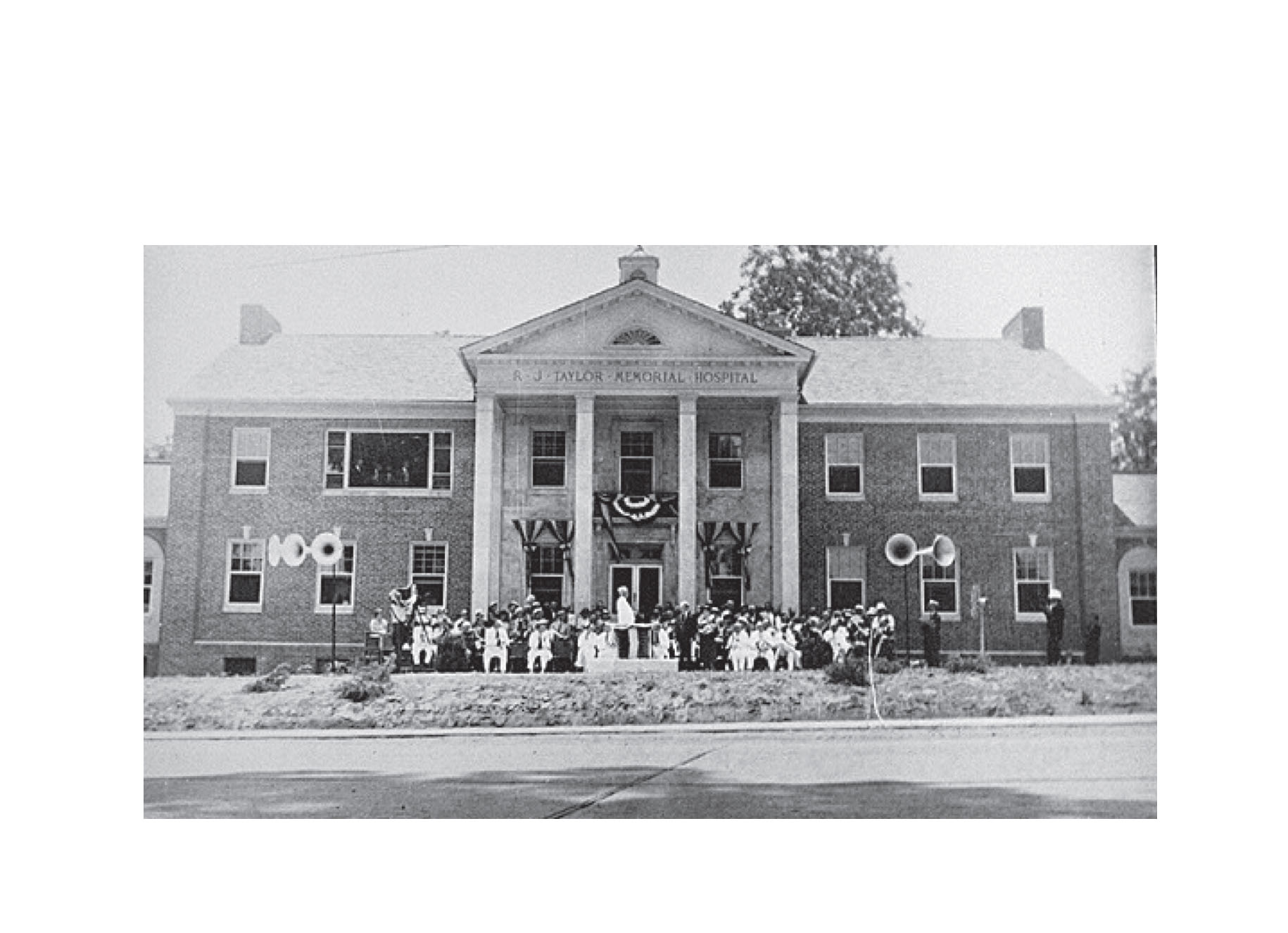
Georgia has added a new listing to the National Register of Historic Places in September 2021.
As the State Historic Preservation Office (SHPO), the Historic Preservation Division (HPD), housed in the Georgia Department of Community Affairs, administers the National Register of Historic Places program in Georgia.
Nominations for listings are in line with HPD’s mission of promoting the preservation and use of historic places for a better Georgia. By sharing the importance of this listing, HPD hopes to encourage the preservation of historic properties through public awareness and an appreciation of the impactful roles they play in our social and economic lives. As of September 17, 2021, Georgia has 2,193 listings comprising 89,918 resources in the National Register of Historic Places.
The newly listed resource:
R. J. Taylor Memorial Hospital in Hawkinsville, Pulaski County consists of the original building built in 1938 and several major 1950s and 1960s additions. During the recent rehabilitation, former doctors’ offices and patient rooms throughout the hospital were altered to function as apartments while retaining historic interior features and finishes.
Georgia’s rural counties had limited access to healthcare following the Great Depression and patrons, like local businessman Robert Jenks (R. J.) Taylor, played a major role in healthcare delivery by funding the development of hospitals. R. J. Taylor Memorial Hospital was the only available medical facility for the surrounding rural areas and provided general care for short term and emergency needs. R. J. Taylor Memorial Hospital documents the many changes in the field of healthcare during the hospital’s four decades of service to the community. These changes reflect the modernization of medical practice and treatment protocols, and the changing attitudes toward the treatment of African American patients. The hospital transitioned from segregated doctor’s offices and patient wards to a fully integrated facility in 1968. R. J. Taylor Memorial Hospital was distinguished in health and medicine and a good example of a private, nonprofit regional medical facility that served residents from multiple counties in central Georgia.
The hospital is also noted for its architecture and as an example of a regional hospital built in the Georgian Revival style by the well- known Macon architectural firm of Dennis & Dennis. The firm was established in 1884 and designed numerous houses, churches, schools, and civic projects.
R. J. Taylor Memorial Hospital was listed in the National Register of Historic Places on September 17, 2021.
TBG Residential sponsored the nomination, and Ray, Ellis LaBrie Consulting prepared the nomination materials. HPD’s programs include environmental review, grants, historic resource surveys, tax incentives, the National Register of Historic Places, community, and technical assistance. To learn more about HPD and its mission to promote the preservation and use of historic places for a better Georgia, click here.
About the National Register of Historic Places
The National Register of Historic Places is our nation’s official list of historic properties that are worthy of preservation. The National Register was established by the National Historic Preservation Act of 1966 and is maintained by the U.S. Department of the Interior, National Park Service. Properties listed in the National Register include buildings, sites, structures, objects, and districts that are significant in American history, architecture, archaeology, engineering, and culture.
National Register-listed properties are distinguished by being documented and evaluated according to uniform standards called the National Register Criteria for Evaluation. To be eligible for listing in the National Register, generally, a property or majority of properties in a district must be 50 years old or older; retain historic integrity in location, design, setting, materials, workmanship, feeling, and association; and meet at least one of the National Register Criteria for Evaluation. The Georgia Register of Historic Places uses the same criteria and documentation procedures as the National Register of Historic Places.
Georgia and National Register of Historic Places listing does not place restrictions on the use, treatment, transfer, or disposition of private property. Properties listed on the National Register are potentially eligible for state and/or federal tax incentives. Rehabilitation tax incentives are available to properties that meet the substantial rehabilitation test and meet the Secretary of the Interior’s Standards for Rehabilitation. State tax incentives can be applied to both income producing properties and primary residences and include a credit as well as a property tax freeze. Federal credits are available to income producing properties only. These incentives can help offset the cost of bringing historic properties back into a state of utility. For more information, contact National Register and Survey Program Manager Stephanie Cherry-Farmer at 404-486-6373 and Stephanie.Cherry- Farmer@dca.ga.gov.
Georgia Dept of Community Affairs


Chattooga Sports
Chattooga’s Addie Veatch Signs Full Scholarship with Gadsden State

Bulloch Public Safety
12/05/2025 Booking Report for Bulloch County

Chattooga Local News
Carr Convicts 16 in Barrow County, Shuts Down Prison Gang Operation

Bulloch Public Safety
12/04/2025 Booking Report for Bulloch County

Bulloch Public Safety
11/10/2025 Booking Report for Bulloch County

Bulloch Public Safety
11/24/2025 Booking Report for Bulloch County

Bulloch Public Safety
11/06/2025 Booking Report for Bulloch County

Bulloch Public Safety
12/01/2025 Booking Report for Bulloch County

Bulloch Public Safety
11/12/2025 Booking Report for Bulloch County





